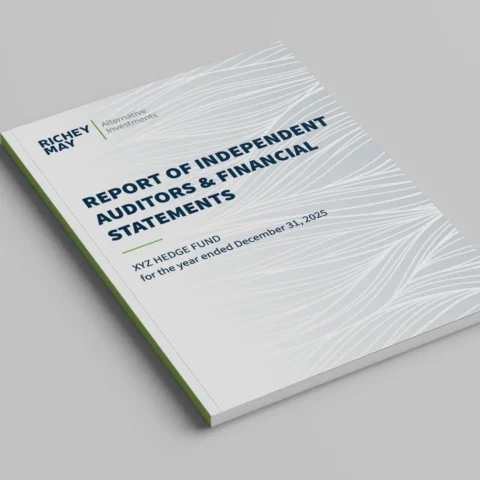As the mortgage industry charges toward the second half of 2022, many mortgage servicers will be obtaining their next MSR valuations that will utilize data and rates as of June 30th, 2022. The significant increase in the existing MSR portfolio values experienced in the first quarter of 2022 is unlikely to be repeated in the second quarter for several reasons. For many companies their retained servicing portfolio mostly consists of loans having an average coupon rate of around 3%, the value increase experienced was significant in the first quarter of 2022, but those values have likely reached or are close to their terminal values.
While mortgage rates increased further in April 2022, they declined slightly in May 2022 and have been extremely volatile for the first half of June, especially with the latest inflation numbers, the potential actual cash flows may be more uncertain as the year progresses. Additionally, if mortgage rates increase further, how much more value and cash flows will the MSR market ascribe to the lower coupon servicing from the 2020 and 2021 originations.
During 2022, the historic upward move in mortgage rates in the range of 200 to 300 bps for the year resulted in two significant assumptions / market changes: (1) an increased level of MSR sales and (2) a significant slowdown in prepayment speeds (both actual and estimated). Mortgage rates borrowers are experiencing mortgage rates in the second quarter of 2022 that have not been seen for over a decade.
The two major assumptions are driving the increase in the existing MSR portfolio values and the expected increase in cash flows are:
- The sharp decline in the expected prepayment speeds
- The significant increase in escrow earnings
In the case of prepayments, the industry models are struggling to synthesize the data and project future speeds and more importantly, will MSR buyers accept the model output speeds as reality?
What should you do? As owners of the MSR asset, it is important to look beyond the change in the MSR value and dig deeper into the servicing cash flows that are supporting the estimate of the fair value. Are the cash flows used on the determination of the fair value achievable? Most importantly, how do they compare the actual cash flows earned? For MSR owners that hold the MSR asset under prospective fair value accounting, the increase in MSR value flows through the income statement as a gain and this gain is helping offset the struggles from the origination side of the business. For entities holding the MSRs under lower of cost or market (“LOCOM”), impairments have been long since been recovered and the amortization expense has materially declined. The natural hedge is working, but will it work in the future?
It is also critical that mortgage originators who retain servicing revisit their retained/released strategy as the industry enters the second half of 2022. There are storm clouds on the horizon that can have a material impact on the second half of 2022 for originators and servicers. While the absolute number of factors is too numerous to list, they include rising servicing costs, lack of housing inventory to support originations, increasing CFPB scrutiny, uncertainties in the equities market, high levels of inflation, increasing Federal Reserve actions, and the potential for an overall recession.
In addition to the overall macro risks, the cash flows supporting the fair value estimate may include some cash flows that may or may not be supported by the actual cash flows achieved and earned by the MSR owner. Many entities are asking whether it is a good time to sell servicing or retain servicing. The answer is not a simple one to answer and must be approached from multiple levels. Please contact Seth Sprague or info@richeymay.com to see how Richey May can review your strategy and help navigate these turbulent times in the mortgage industry.





